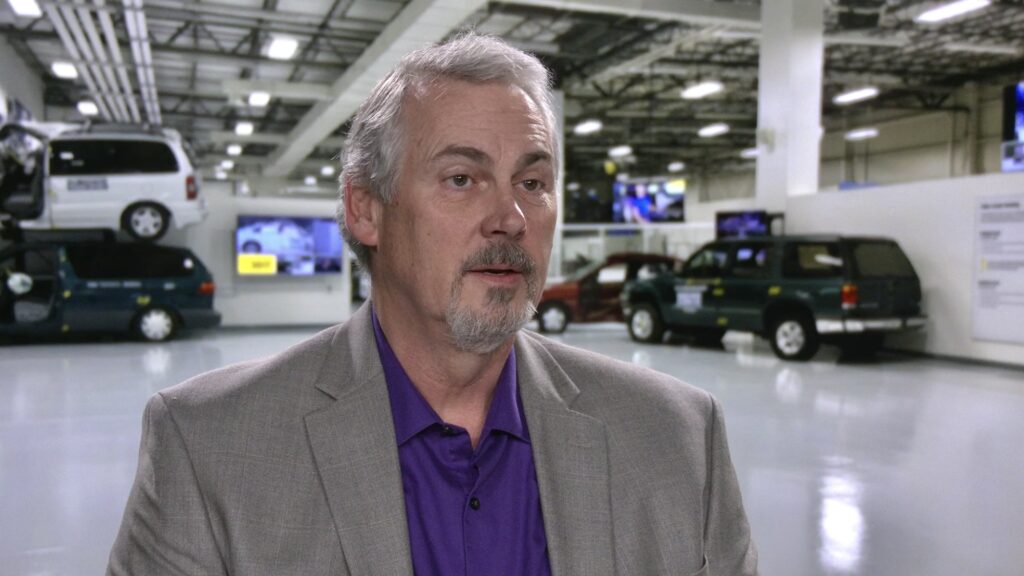Testing by the US Insurance Institute for Highway Safety (IIHS) revealed that out of 14 partial automated driving systems, only one earned an acceptable rating, two were rated marginal, and 11 were rated poor. It led the institute to introduce a new ratings programme to encourage vehicle manufacturers to incorporate more robust safeguards into those systems.
“We evaluated partial automation systems from BMW, Ford, General Motors, Genesis, Lexus, Mercedes-Benz, Nissan, Tesla and Volvo,” said David Harkey, President of the IIHS. “Most of them don’t include adequate measures to prevent misuse and keep drivers from losing focus on what’s happening on the road.”
According to the IIHS, the Teammate system available on the Lexus LS was the only tested system that earned an acceptable rating, while the GMC Sierra and Nissan Ariya are available with partial automation systems that earned marginal ratings. The LS and Ariya also offer alternative systems which scored poor ratings. The Ford Mustang Mach-E, Genesis G90, Mercedes-Benz C-Class sedan, Tesla Model 3 and Volvo S90 also earned poor ratings, in some cases for more than one version of partial automation.
The ratings only apply to the specific models tested, even though systems with the same names may be used on multiple vehicles from the same manufacturer.
The IIHS said that while most partial automation systems have some safeguards in place to help ensure drivers are focused and ready, these initial tests show that they’re not robust enough.
“Some drivers may feel that partial automation makes long drives easier, but there is little evidence it makes driving safer,” said Harkey. “As many high-profile crashes have illustrated, it can introduce new risks when systems lack the appropriate safeguards.”
According to Alexandra Mueller, Senior Research Scientist at the IIHS, the shortcomings vary from system to system. “Many vehicles don’t adequately monitor whether the driver is looking at the road or prepared to take control. Many lack attention reminders that come soon enough and are forceful enough to rouse a driver whose mind is wandering. Many can be used despite occupants being unbelted or when other vital safety features are switched off.”
The IIHS said its ratings aim to encourage safeguards that can help reduce intentional misuse and prolonged attention lapses. This is in addition to discouraging certain design characteristics that increase risk in other ways, such as systems that can be operated when automatic emergency braking is turned off or seat belts are unbuckled.
Scores were awarded based on a series of tests conducted over multiple trials, and some performance areas were weighted more heavily than others.
According to the IIHS, in some cases, manufacturers are already making changes to their systems through software updates, which may result in adjustments to the ratings. The two Tesla systems evaluated, for example, used software that preceded the most recent recall in December 2023.
IIHS said it expects improvements in a driver assistance technology to be rapid.
“These results are worrying, considering how quickly vehicles with these partial automation systems are hitting our roadways,” said Harkey. “But there’s a silver lining if you look at the performance of the group as a whole. No single system did well across the board, but in each category at least one system performed well. That means the fixes are readily available and, in some cases, may be accomplished with nothing more than a simple software update.”

